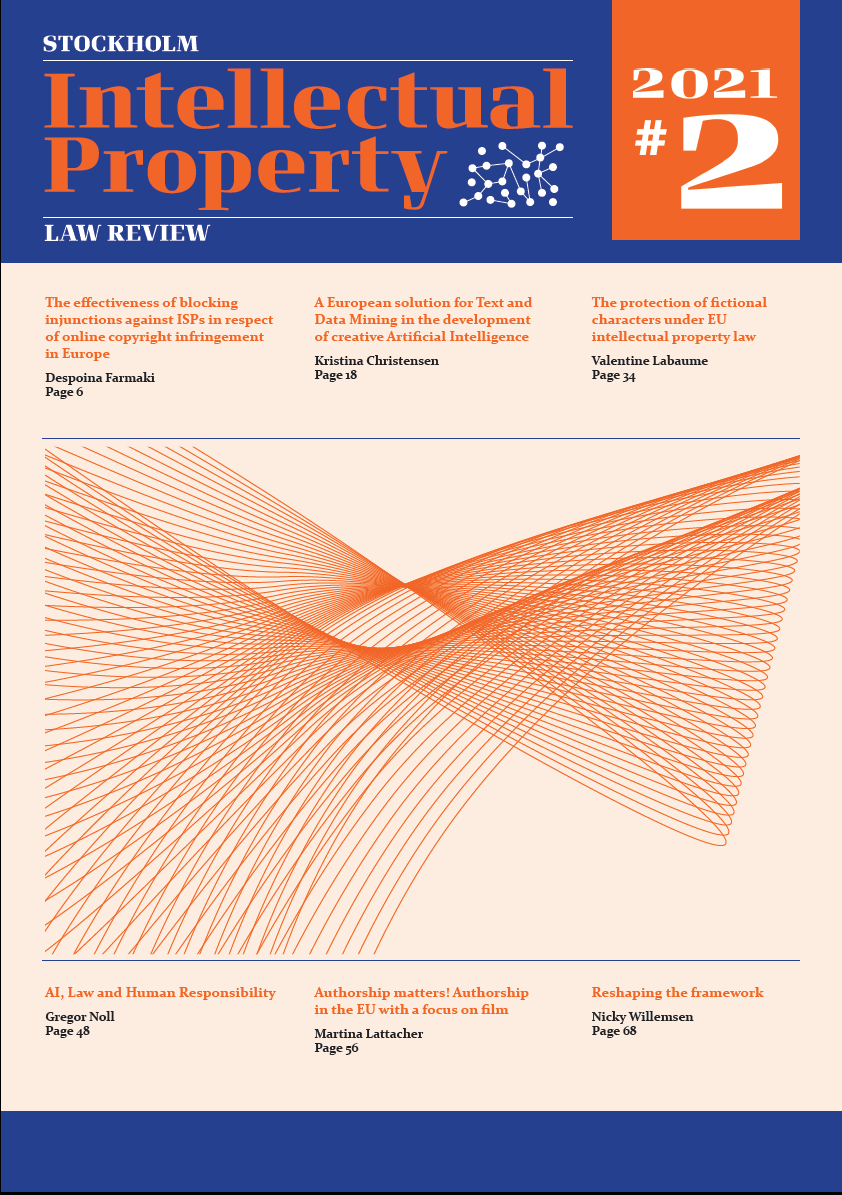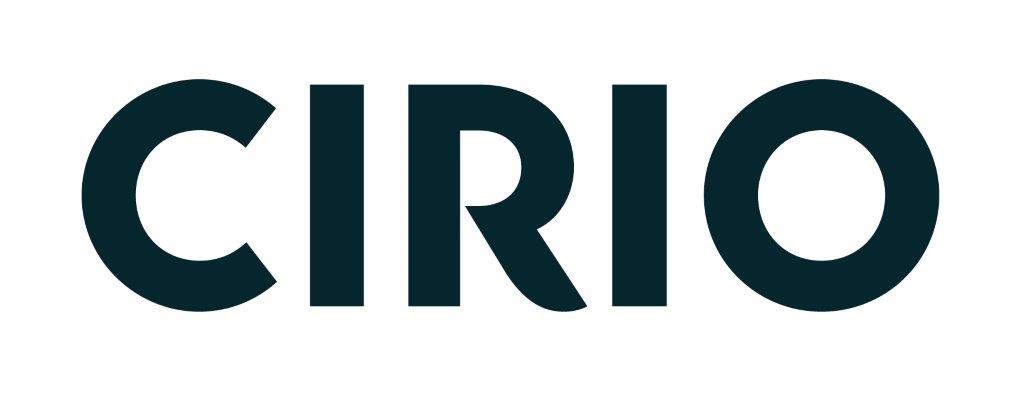Reshaping the framework
A study on the functional exclusions for shape marks under the CTMR and EUTMR
Abstract
This article examines the trade mark protection for non-traditional marks (hereafter: NTMs), with a particular focus on three-dimensional trade marks. Non-traditional trade marks are increasingly being registered at the European Union Intellectual Property Office (hereafter: EUIPO), due to the amendment of Article 4 of the Regulation (EU) 2017/1001 of the European Parliament and of the Council of 14 June 2017 on the European Union trade mark (hereafter: EUTMR). With this amendment, the criterion of the graphical representation has been abolished, resulting in the Article has become more aligned to practice.1 However, this amendment does not take away the fact that there are still specific requirements that should be met in order to register these relatively new forms of trade marks. Apart from issues relating to the distinctiveness of such signs, another obstacle is formed by the absolute grounds for refusal laid down in Article (1)(e) EUTMR. The 2017 reform also included an amendment of this specific Article that, after the reform, prevents trade mark protection for signs which consist exclusively of: (i) the shape, or another characteristic, which results from the nature of the goods themselves; (ii) the shape, or another characteristic, of goods which is necessary to obtain a technical result; (iii) the shape, or another characteristic, which gives substantial value to the goods.2 Given these amendments, this article will also discuss the possible impact of the wording of the EUTMR on the eligibility of NTMs for trade mark registration. In order to establish a possible shift, a comparison will be made between the Council Regulation (EC) No 207/2009 of 26 February 2009 on the Community trade mark (hereafter: CTMR) and the EUTMR.
Downloads
Published
How to Cite
Issue
Section
License
Copyright (c) 2023 The Author

This work is licensed under a Creative Commons Attribution 4.0 International License.







